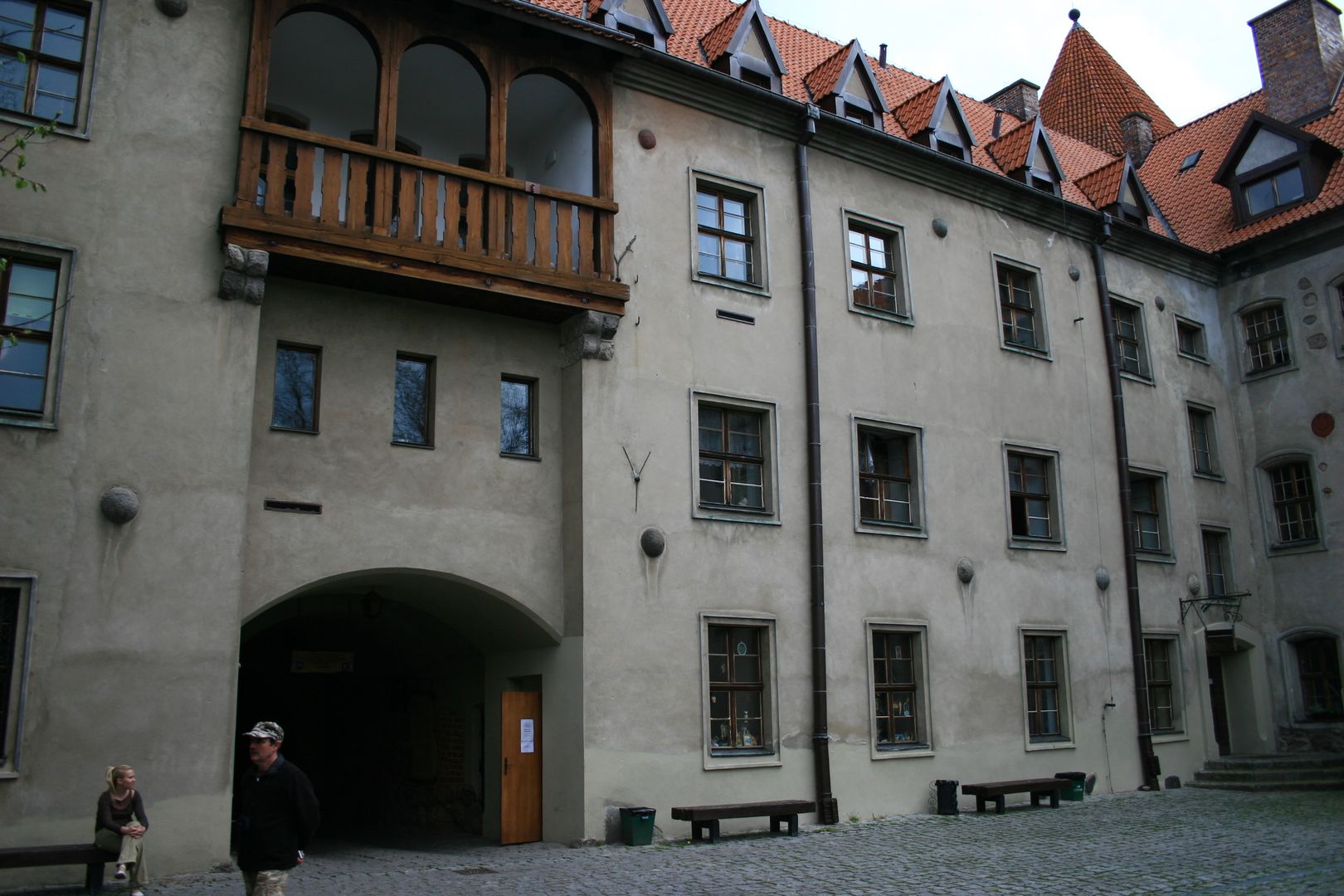Bytów Castle
7.31

Overview
Bytów Castle is a Gothic Teutonic fortress from the years 1396–1402, which served important administrative and defensive functions. It was built on a hill in the southeastern part of the town, on the western frontiers of the Teutonic Order. Architecturally, the castle was constructed on a rectangular plan measuring 52.5 by 72.5 meters, using erratic stones and bricks, incorporating then-innovative elements such as towers adapted for defense with firearms. The castle consisted of the "Convent House," which contained key rooms, a later-added kitchen, as well as towers and a gate tower. The castle witnessed key historical events, including the Thirteen Years' War, during which it was captured by Polish troops, and after the war, it passed into the hands of the Pomeranian dukes. In the 16th century, when the castle came under the rule of the Griffins, a Renaissance "Ducal House" and other buildings were constructed, integrating into the fortress complex. After damage during the Polish-Swedish War, the castle underwent many changes, became the seat of Prussian authorities, and served various functions, including as a prison. In the 20th century, the castle underwent a series of conservation and reconstruction works that restored its former glory. Today, it houses the West Kashubian Museum, a hotel, and a library, and is an important tourist attraction in the region. An interesting fact is that the Gunpowder Tower, destroyed in 1656, was only reconstructed in the 1930s, and in 1994, a fire broke out there, reflecting the turbulent history of this impressive structure. Bytów Castle is not only a monument of defensive architecture but also an integral part of the region's history, reflecting the changing political and social fortunes of Pomerania.
Location
2025 Wizytor | All Rights Reserved